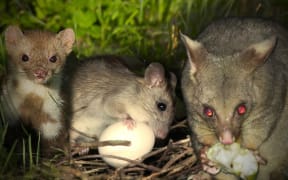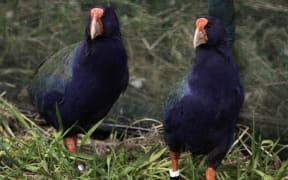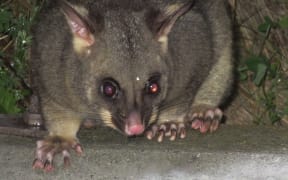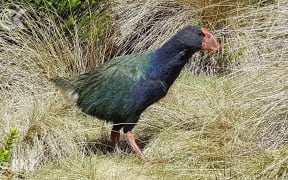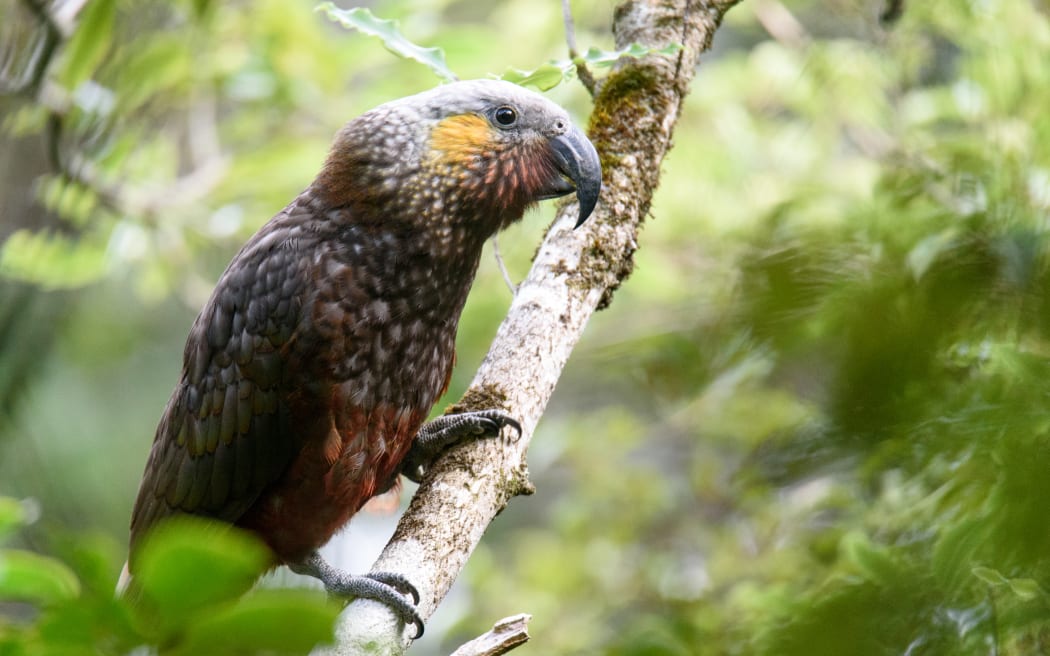
Female kākā are more vulnerable to predators because they remained in tree cavities for long periods while nesting. Photo: Leon Berard – leonberardphotography.co.nz
Kākā are thriving in Fiordland's Eglinton Valley, thanks to three decades of predator control.
The Department of Conservation (DOC) said the large forest parrot's females and chicks were particularly prone to being targeted by stoats and possums during nesting, which had resulted in a male-skewed and declining population.
However, surveys in Eglinton Valley since 2019 had shown a healthy population.
DOC science adviser Terry Greene said the increase in female kākā was particularly pleasing, with the population now almost at parity.
"This is a direct result of the long-term predator control, as well as several good breeding seasons following beech seeding events in 2019 and 2023, providing plentiful food."
In areas without predator control, males had outnumbered females by as much as five to one.
This was because females remained in tree cavities for long periods while nesting.
Kākā are often heard but are hard to observe high in the forest. DOC surveyed them by catching a sample of birds and measuring their beak length. Males have larger beaks.
During surveys in 2019, 2021 and 2023 a total of 105 kākā were caught, more than 30 percent of which were juveniles.
DOC had received many comments from tourists about seeing kākā in the area, Greene said.
The Eglinton is one of the most accessible valleys in Fiordland National Park with State Highway 94 to Milford Sound running most of its length.
While they are capable flyers, kākā tend to stay in an area of about 50 ha, although they will move to follow seasonal food sources such as the flowering of tree fuchsia at The Divide near the head of the Hollyford valley.
There are other strongholds for South Island kākā in areas with sustained predator control including Waitutu Forest in Fiordland, South Westland and Kahurangi as well as stoat and possum-free Fiordland islands.
DOC had been carrying out large-scale predator control in the Eglinton valley for the past 30 years. This includes extensive trapping, use of ground-based toxins and aerial 1080 operations when rodent numbers spike after beech mast (seeding) events (most recently last summer).
Predator control is also benefiting other native species such as long-tailed and short-tailed bats/pekapeka, mohua/yellowhead and tuke/rockwren.
